We have much more to do and your continued support is needed now more than ever.
Dead Trees Are Anything But Dead
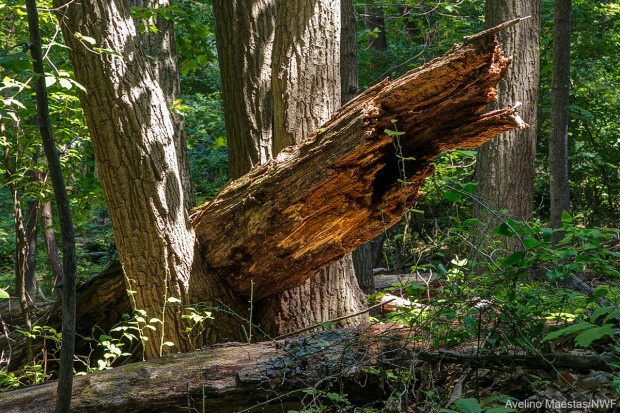
Atop
Summer is a fantastic time to find lizards, turtles and other cold-blooded species basking in the sun. This behavior is primarily a matter of thermoregulation, but may also be a means to acquire Vitamin D. Ants, snails and other insects are often found crawling along a log, while chipmunks and squirrels may use it as a place to rest. Plus mushrooms tend to grow here, whose mycelium helps the wood decay.
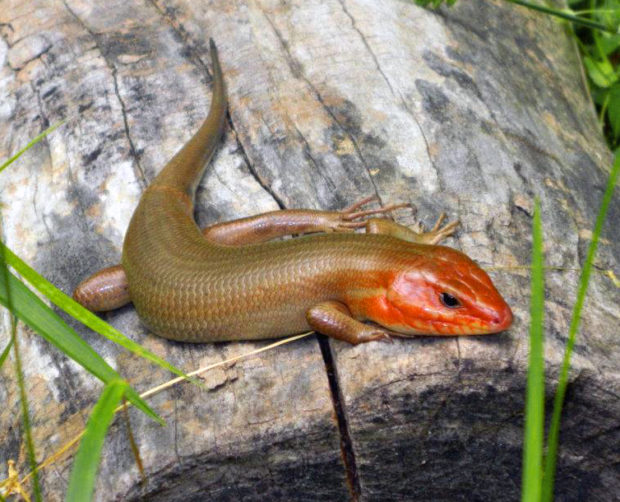
Inside
Hollow logs provide great cover for small mammals like foxes, rabbits, bobcats, skunks and raccoons. Bobcats are known to nap inside logs, while foxes may use it as a place to build their den. The inside of a log also provides protection from some predators. The picture below is of a red-tail hawk attempting to get a squirrel, who cleverly took refuge inside a log.
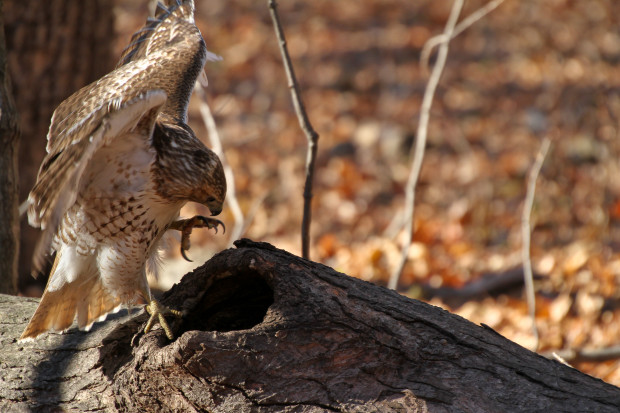

Under
A nature walk rarely feels complete without flipping at least one log. The treasures beneath a log may include beetles, worms, spiders, salamanders, newts and centipedes. What you find on your flipping adventure will depend on the time of year, weather, moisture, and a number of other factors, but it’s all worth it. As you turn the log over, roll it back towards you, using it as a barrier and giving critters a chance to get away.
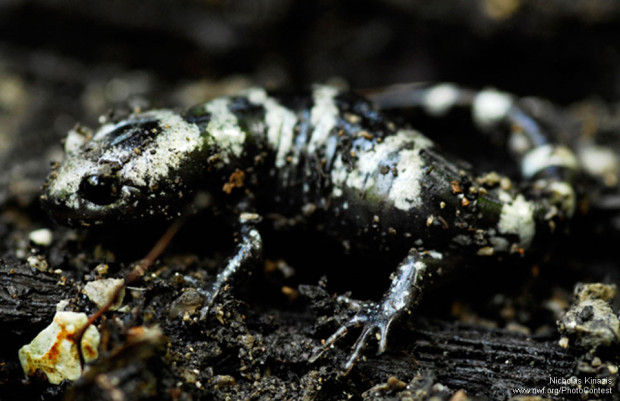
Beside
Snakes will often use the space next to a log to rest or look for food. Since logs are crawling with life (prey to a snake), it’s a good place to find a meal. They might also curl up against or inside a log to rest and stay hidden from predators. Egg-laying snake species like rat snakes may deposit their clutches in or under a logs to keep them protected.
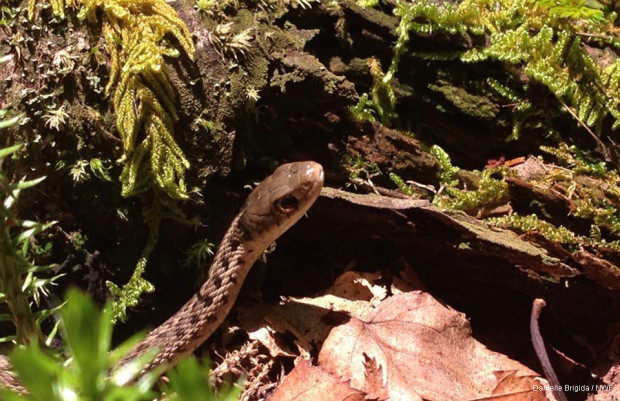
Attached To
Moss, fungi and lichen are a few special organisms that can be found growing on logs. The simple structure of mosses (a type of bryophyte) allow them to grow where other plants may not be able. Dead wood is a place where many species of lichen and fungi thrive as well.
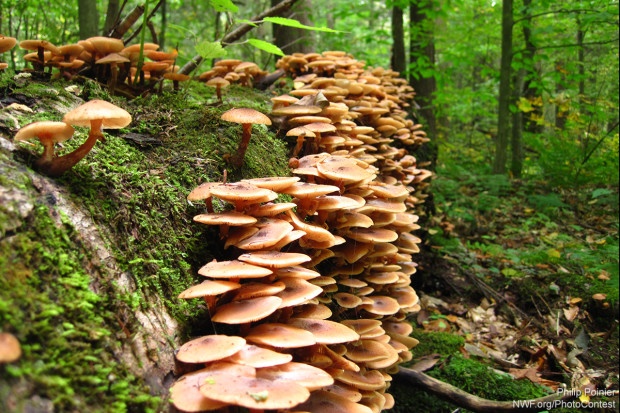
Appreciate Logs
Whether you explore logs along your next nature walk. or decide to keep some in your backyard, logs need some appreciation. They provide both cover and a place for wildlife to raise their young. It’s also a step toward qualifying your yard as an official Certified Wildlife Habitat.
Understandably, not everyone wants or has space for dead wood in their yard, but it is a great way to attract wildlife. You can visit a local nature site and investigate the wildlife that depend on logs in your area. Enter your zip code into Nature Find to get a list of parks and trails nearby.





















